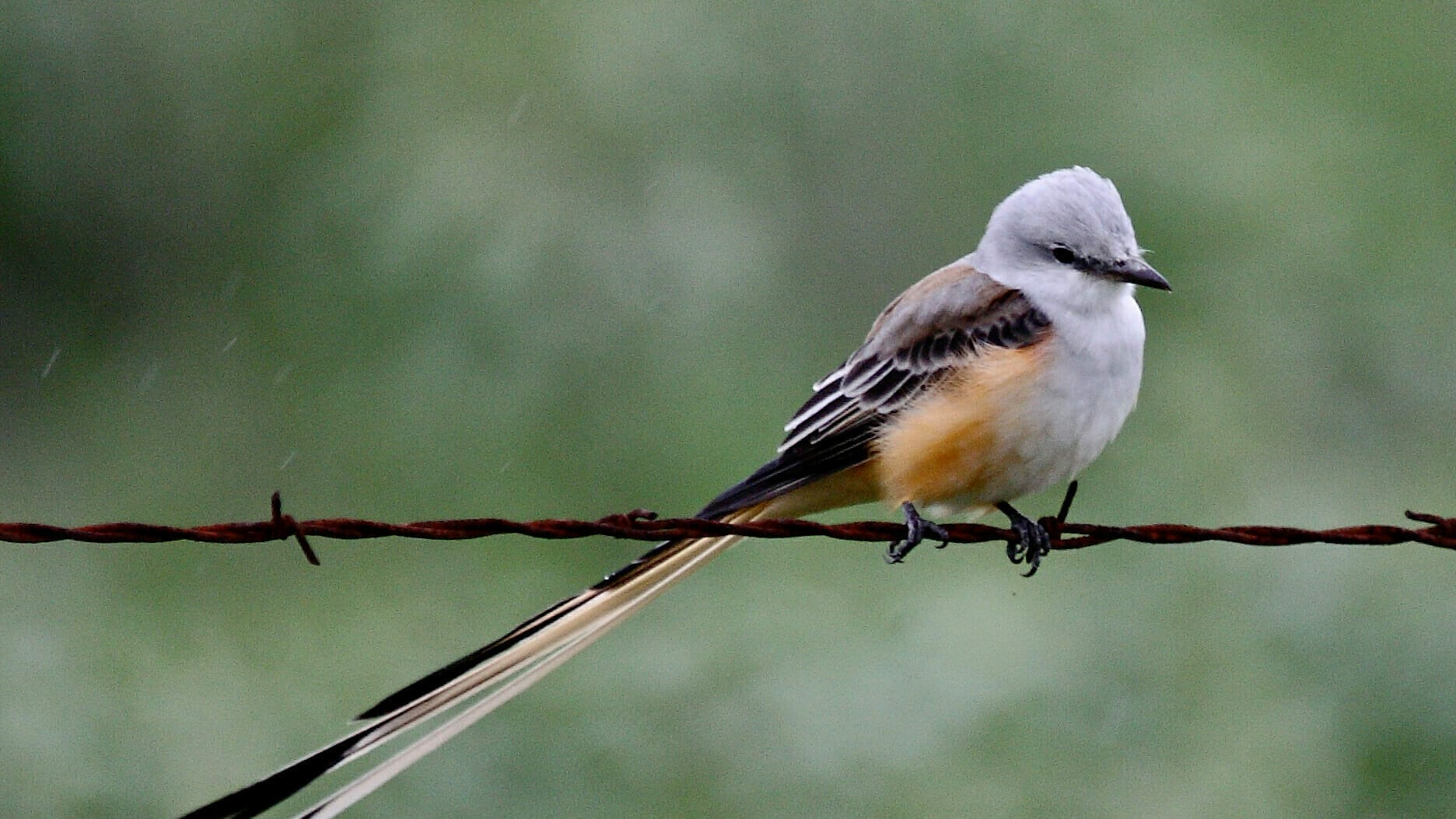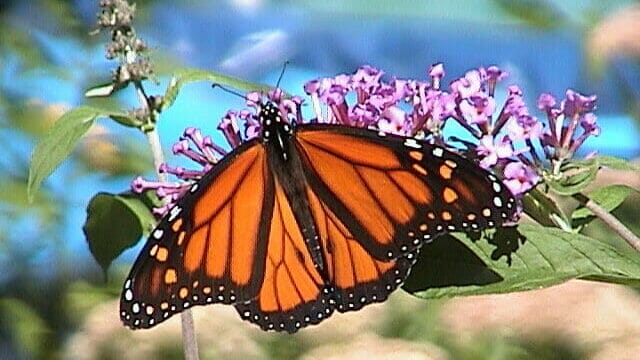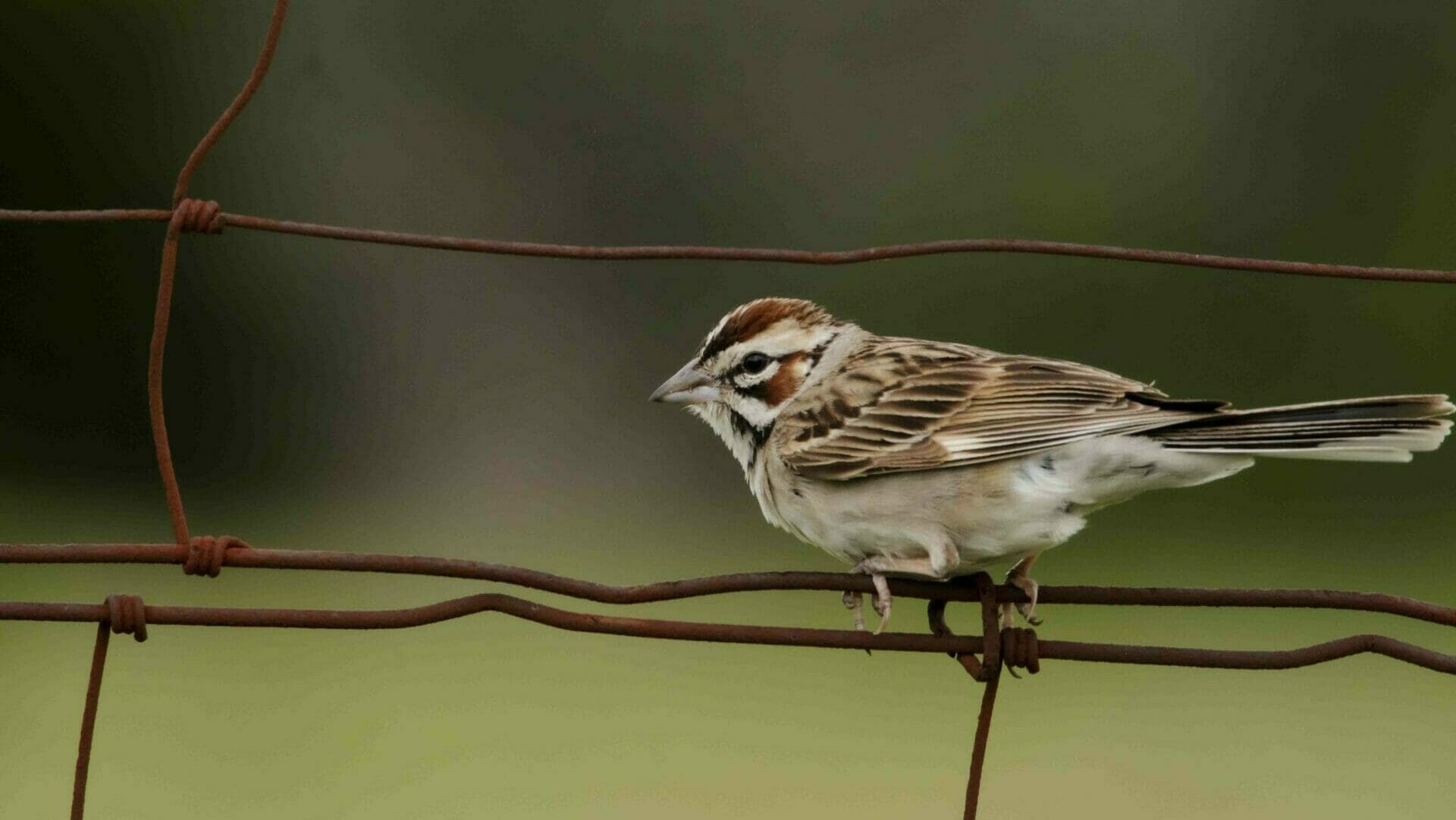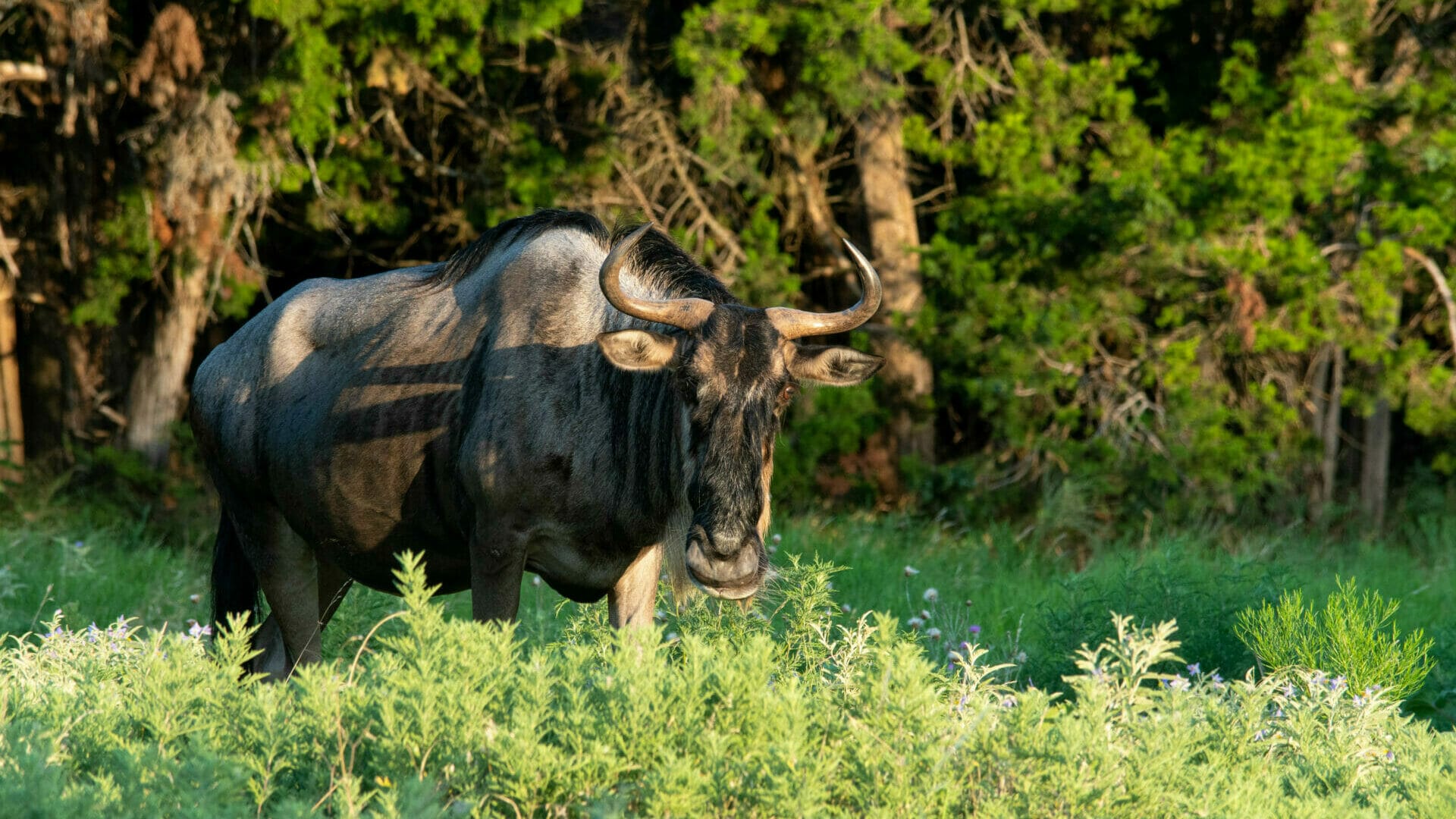If you follow us on any social media platforms, you may have seen us post about something called “Lights Out, Texas!” This movement is meant to encourage Texans to turn off outdoor lights after a certain time to prevent migratory birds from becoming confused on their route. Why does it matter if migrating birds get where they’re going? Well, migrations are necessary for the health of ecosystems tied together across the world. However, humans have the ability to disrupt this natural cycle, affecting life all around them. Let’s take a closer look at animal migrations and how humans can affect them.

What is a Migration?
A migration is when a group of animals makes some sort of journey from one habitat to another. This can be triggered by seasonal changes, food availability, rain cycles and more. Mammals, avians and even insects are known to migrate annually for a variety of reasons. If you live in North America, you’re probably familiar with the idea of birds flying south for the winter. During early fall, you may even see large v-shaped groups of geese overhead. Although these may be the most famous of our native migrators, you’ve probably encountered dozens more and never realized it. Other birds and larger mammals like mule deer, bison and pronghorns migrate to seasonal ranges that suit each species’ needs. Mexican-free tailed bats split their time between Mexico and the southern U.S, while Monarch butterflies can move from Mexico to Canada in a single season. Even marine animals like sharks, seals and fish can travel thousands of miles each spring.

As you might expect, migration can be a long and tiresome process. Some species traverse several states and even countries, encountering new predators, weather and human roadblocks along the way. They are vulnerable during this time, as are the ecosystems they’re traversing. If too few of a species make it to a destination, the land that depends on them could suffer. Similarly, if too many of a species get stuck somewhere other than their intended stop, the ecosystem could become imbalanced.
Human Impact
Humans cause a variety of roadblocks for migrating species. One of the biggest is highways and various infrastructure projects. These were built without taking into account the movement of wildlife, and have since resulted in countless car accidents. One way this is being remedied is through the installation of wildlife crossings. These are essentially a landscaped bridge over a road that is meant solely for wildlife to cross a busy street. As of April 2022, work is in progress on a wildlife crossing over a 10 lane highway in southern California. While these projects are costly, in theory they can save citizens thousands of dollars in car repairs, and save lives, both human and non-human.

As we mentioned at the top of this article, another large impact humans make on migrations is through lighting. According to the National Audubon Society, “within one week in 2017, nearly 400 [birds] were caught in the floodlights of a 32-story Texas skyscraper and killed via window collisions.” Birds are unable to distinguish artificial lighting from the light of the moon and stars, leading to wasted energy, confusion, in the worst-case scenario, death. Something as simple as ensuring all non-essential interior and exterior lighting is turned off after a certain time can save the lives of hundreds of migratory birds.
Fossil Rim
At Fossil Rim, the majority of the species we care for are hoofstock. In the wild, many of these species are migrators, following the rains through their desert habitat. One species, the wildebeest, is known for their massive cross-continent migration, where thousands of individuals will team up for a brutal 8,000 mile journey across Africa. So, why don’t any of our residents attempt to migrate? Well, some species do.

For instance, we have many “volunteer” species like herons and other birds who come and go whenever they please. Some of these volunteer animals do migrate, and can only be seen here during certain times of the year. As for our hoofstock, they simply don’t need to complete the migrations here that they would need to in their native habitat. They have access to endless resources here, meaning there is nothing to instinctually spur them towards someplace new. Our herds still retain their nomadic nature, but only need to move around their pasture.
Movement is natural to wildlife. As access to resources and weather conditions change, animals instinctively understand where to go. When humans disrupt this natural flow, it can have consequences that affect the land we live on and the resources we use. The only solution is to work together to create new methods of living with wildlife, rather than living away from it. Something as small as participating in a movement like “Lights Out, Texas!” or putting your support behind local wildlife crossings can change the future of species and the ecosystems we all rely on.

